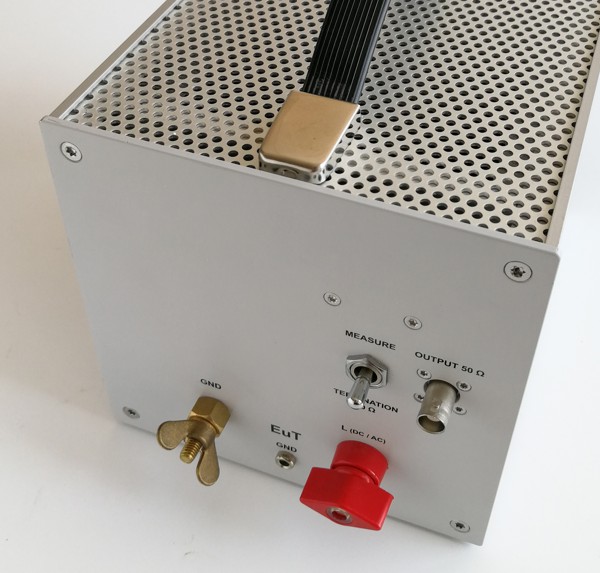EMC Question of the Week: February 10, 2025

One advantage of a 50-μH LISN compared to a 5-μH LISN is that the 50-μH LISN can make measurements
- at higher frequencies
- at lower frequencies
- on AC powerlines
- on DC powerlines
Answer
The best answer is “b.” The higher inductance of a 50-μH LISN provides better isolation between the power source and the device under test at low frequencies. This extends the low-frequency end of the measurement range.
The first LISNs were developed for use in military aircraft more than 70 years ago. At that time, a 5-μH inductance was specified in order to simulate the inductance looking back towards the power source. Over the years, as conducted emissions standards evolved for other applications, it was no longer practical to try to emulate the actual inductance of a specific power distribution network. Instead, the inductance simply served to isolate the measurement from any noise or impedance variations on the power source side of the LISN. The change from 5-μH to 50-μH was primarily motivated by a desire to make measurements at lower frequencies.
Today, most powerline conducted emissions standards specify a 50-μH LISN (with notable exceptions including DO-160 and CISPR 25). In most cases, a 50-Ω, 50-μH LISN will produce results comparable to a 50-Ω, 5-μH LISN as long as both LISNs are operated within their intended frequency range.
Have a comment or question regarding this solution? We'd like to hear from you. Email us at
